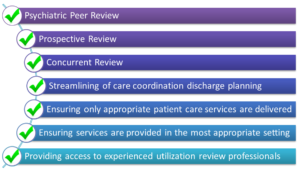Gauze dressings, bioengineered skin, alginates, negative pressure devices, cellular growth factors, hydrogels, antimicrobial dressings — all of these products (and more) represent the practice of wound management for the entire spectrum of wound types and severities. Practice patterns, regulatory requirements, price pressures, healthcare delivery system gatekeepers, demographics, cultural sensitivities — all of these, and more, combine in the forces that dictate the size and outlook of the markets for different wound management products in global markets.
Gauze dressings, bioengineered skin, alginates, negative pressure devices, cellular growth factors, hydrogels, antimicrobial dressings — all of these products (and more) represent the practice of wound management for the entire spectrum of wound types and severities. Practice patterns, regulatory requirements, price pressures, healthcare delivery system gatekeepers, demographics, cultural sensitivities — all of these, and more, combine in the forces that dictate the size and outlook of the markets for different wound management products in global markets.
It’s no surprise, then, that product sales are growing (and in some cases declining) at different rates in different regions of the world, but the data is clear on this. MedMarket Diligence researched and published this data in its global wound management market Report #S249, which details the clinical practice of wound management, the products on the market and in development, the current and forecast markets for each worldwide and regionally and the competitors vying for market presence now and in the future.
Researched from primary and secondary sources, the global wound market data illustrated above (which is also detailed by country) and presented in Report #S249, “Worldwide Wound Management, Forecast to 2021: Established and Emerging Products, Technologies and Markets in the Americas, Europe, Asia/Pacific and Rest of World.”







